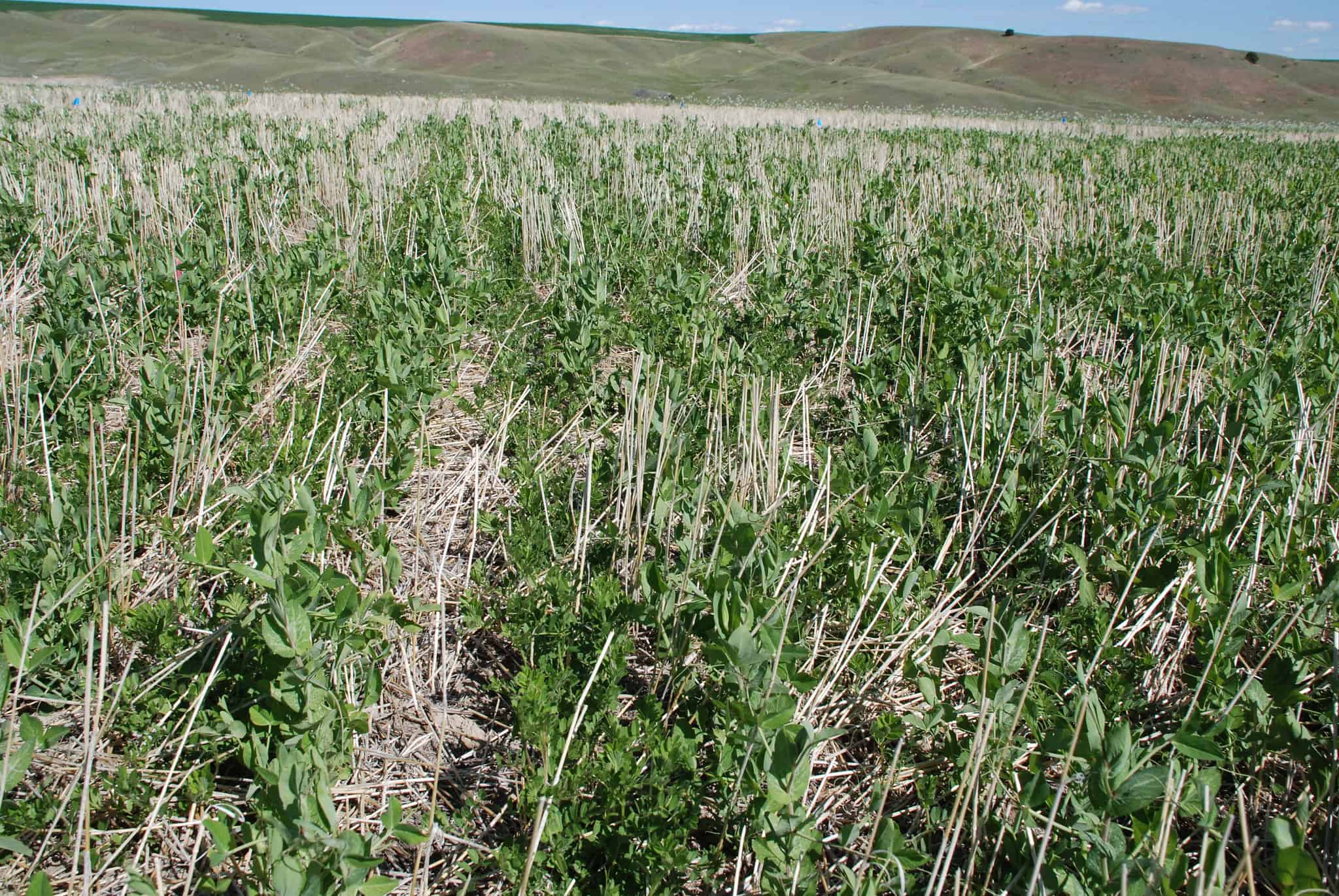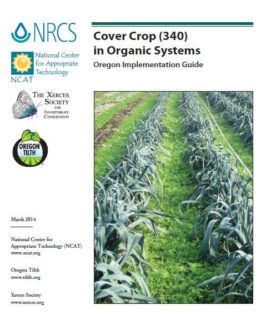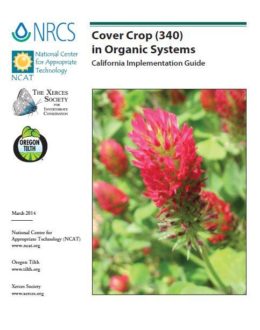Evaluation of seeding methods of cover crops interseeded into organic corn

Organic farmers prioritize cover crops, but successful establishment in long-season cash crops, particularly in the upper Midwest, remains a challenge. Traditional methods like aerial seeding into corn or drilling after fall harvest have yielded inconsistent results and low adoption rates. Research suggests that seeding cover crops between the V2-V7 corn stages can generate significant biomass without affecting corn yield. However, current seeding methods often require expensive or hard-to-obtain high-clearance equipment or modified grain drills.
A potential affordable alternative involves broadcast seeding timed with routine weed control, mimicking drilling placement. While farmer-led trials show promise, questions about timing, species selection, and methods need replicated research to ensure consistent and repeatable outcomes.
Replicated trials were conducted in 2022 and 2023 at the University of Minnesota SWROC (site 1) and in 2022 on a cooperating organic farm (site 2). Four cover crop treatments were tested: red clover, annual ryegrass, winter rye, and tillage radish at site 1; and red clover, annual ryegrass, tillage radish, and a multispecies pollinator mix at site 2. At site 1, cover crops were broadcast around two weed control events (before tine-weeding and after final cultivation) and drilled for comparison. At site 2, treatments were broadcast after final cultivation and also drilled.
In 2022, limited cover crop growth occurred across all treatments at both sites. In 2023 at site 1, the seeding method affected establishment at the earlier seeding time (flex-tine weeding), with results varying by species. Red clover established better when broadcast and incorporated, while winter rye established better when drilled. Annual ryegrass and tillage radish showed similar establishment with both methods. Most tillage radish did not survive the full season. When planted after final cultivation, seeding method did not impact total end-of-season biomass for any of the four cover crops.
While cover crop establishment using routine weed control equipment was comparable to drilling with a high-clearance drill, further research over multiple seasons is necessary to confirm the repeatability of this practice. Additionally, more investigation is needed to determine if seeding into standing corn, regardless of method, produces sufficient biomass to be agronomically and economically viable.
Region
North Central
Topic
Cropping Systems
Category
Grain and Field Crops
Date Range
2020 to present
Funding Amount
$20,000
Funding Year
2021Location
Lamberton, Minnesota



